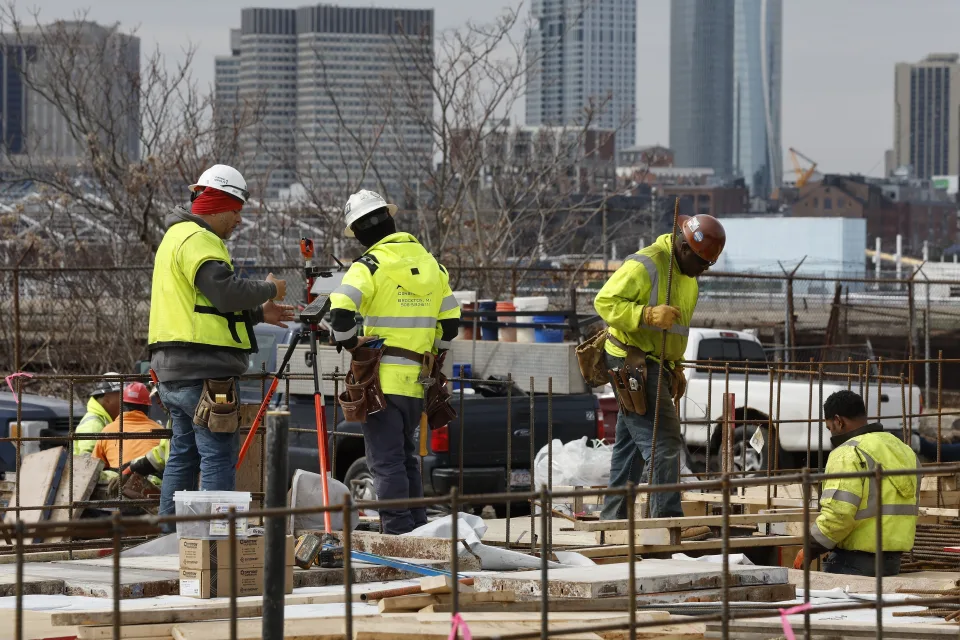
Tens of millions of workers quit their jobs during the Great Resignation. They ditched, among other work, low-wage service employment for higher pay and, along the way, forged new careers or traded up for promotions at rival companies.
But as the labor market cools amid a tightening campaign brought to you by the Federal Reserve, that massive reshuffling has come to an end.
“The Great Resignation is over,” said Nick Bunker, the economic research director for North America at the Indeed Hiring Lab. “After two-plus years spent quitting and finding new and better opportunities … workers are now voluntarily leaving their jobs at the same rate they were prior to the pandemic.”
Recruiters and workers looking to take the leap say the labor market has clamped down as leverage shifts back to employers. What was once a ripe opportunity for aspiring job seekers has devolved into a more challenging market as qualified and laid-off workers flood application portals — and companies tap the breaks on job listings to cope with an uncertain economic environment.
The number of open jobs in the US fell to a two-year low in July, according to the latest Job Opening and Labor Turnover Survey, or JOLTS report, published Tuesday. The JOLTS data revealed there were 8.8 million jobs open at the end of July, a decrease from the 9.16 million job openings in the month prior.
The report also showed a decline in the quits rate, a signal of workers’ confidence in their ability to land a new job. The quits rate fell to 2.3%, the lowest since January 2021.
How workers perceive the economy and their chances of succeeding elsewhere plays a big factor in whether they go on the job hunt, said Laura Mazzullo, owner of East Side Staffing, an HR recruiting firm in New York City. Employers also influence broader worker psychology, she said, by signaling cutbacks and inducing fear — or by instilling optimism with hiring sprees.
“Candidates resign and job search when they feel optimistic about the market,” Mazzullo said. “But there is a general fear in 2023 across so many sectors.”
Fewer consumers, for instance, said jobs are “plentiful” and more said jobs are “hard to get,” according to the latest read on consumer confidence from The Conference Board released on Tuesday. The data showed receding optimism around employment conditions.
If workers believe the external market is scary and daunting or frozen, they will stay put, Mazzullo said.
Ask 39-year-old Alex Carter, who lives in St. Louis, Missouri, and is looking for work as a human resources professional.
“The Great Resignation is coming to a halt because you can be easily replaced and companies understand that,” Carter said. “If you leave it’s going to be harder to grab something else to replace what you had because so many people are in the market right now.”
And then there’s Andrew Parisi, 37, who worked in sales operations in the tech sector. Parisi said that the chances are low for job applicants to actually get a response from a human recruiter without the help of networking.
But, he’s still optimistic about his job search. Parisi said he is finding more leads as the summer moves along. Companies that scaled back during the waves of layoffs this past year are starting to bring more people on, he said, although at a much more measured pace than during the height of the pandemic.
However, times have clearly changed in the labor market. As Bill Adams, chief economist at Comerica Bank (CMA), said in a recent note to clients, “wage growth is likely to slow in coming months with workers seeing fewer opportunities to raise wages by switching jobs.”
Added Parisi: “The job market is not going to return to the way things were during COVID and it’s not going to go back to the way things were before COVID. … We are charting a new path.”